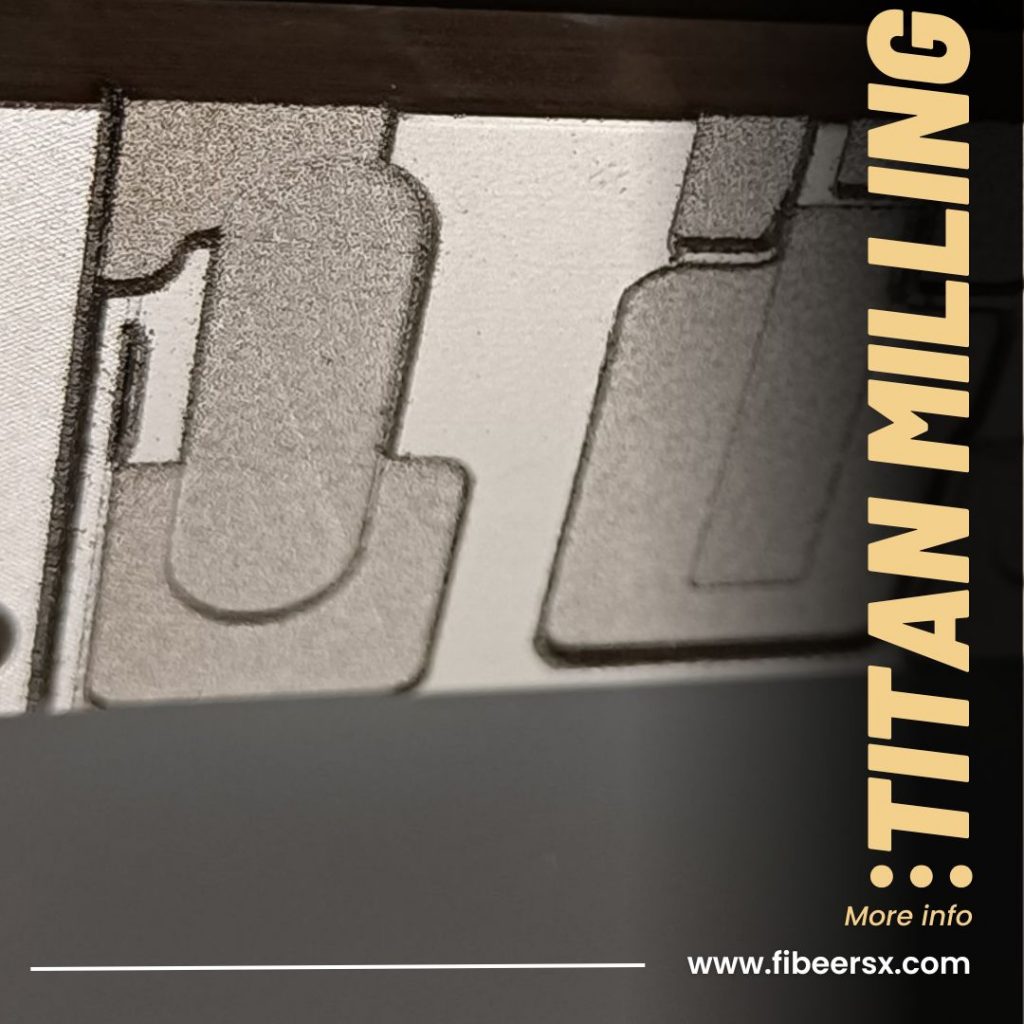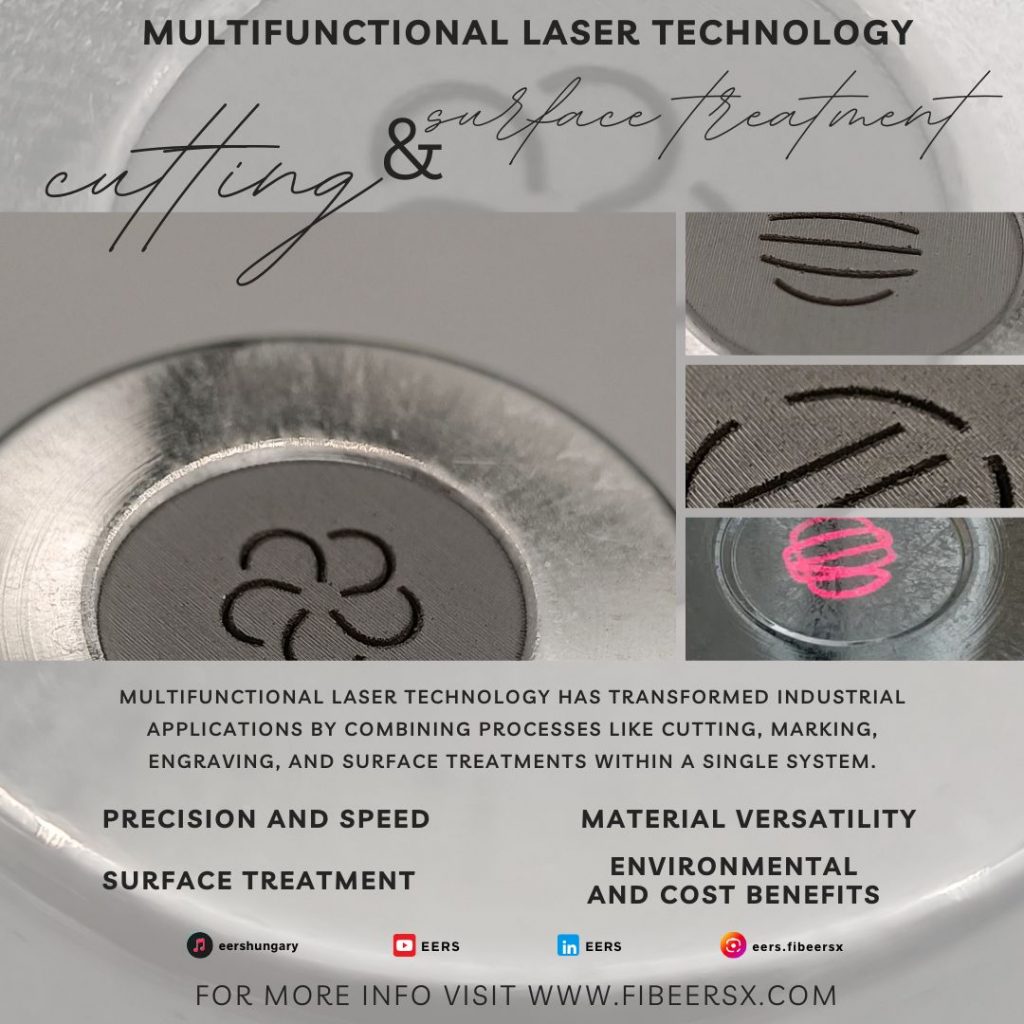Thanks to our advanced laser development, we offer near-endless variations in functionality and application. Our innovative approach ensures that our laser systems are not only versatile but also highly adaptable to a wide range of industrial needs.
Test request form
What Makes Our Laser Systems Unique?
- Customizable Solutions:
Our lasers are modular and can be tailored to fit specific tasks, from precision engraving to large-scale material processing. - Diverse Applications:
With capabilities such as cutting, cleaning, marking, welding, and texturing, our systems cater to industries including aerospace, automotive, electronics, and manufacturing. - Future-Ready Designs:
Our multifunctional devices are designed for scalability, allowing seamless integration of new features as technology evolves. - Unparalleled Precision:
Thanks to cutting-edge technology, our lasers can handle even the most intricate designs with micron-level accuracy, ensuring superior results. - Eco-Friendly Innovations:
With reduced energy consumption and no need for harmful chemicals in processes like cleaning, our systems promote sustainable practices.
Our dedication to continuous improvement and customization makes us a trusted partner in advancing industrial efficiency and innovation.





















